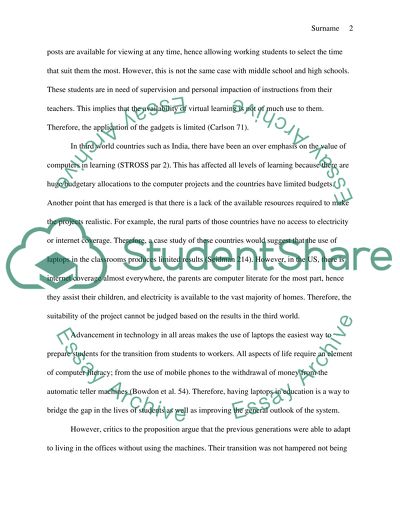Cite this document
(“Argumentative Research Paper: Laptops for Students Paper”, n.d.)
Retrieved from https://studentshare.org/english/1492574-argumentative-research-paper-laptops-for-students
Retrieved from https://studentshare.org/english/1492574-argumentative-research-paper-laptops-for-students
(Argumentative Research Paper: Laptops for Students Paper)
https://studentshare.org/english/1492574-argumentative-research-paper-laptops-for-students.
https://studentshare.org/english/1492574-argumentative-research-paper-laptops-for-students.
“Argumentative Research Paper: Laptops for Students Paper”, n.d. https://studentshare.org/english/1492574-argumentative-research-paper-laptops-for-students.


